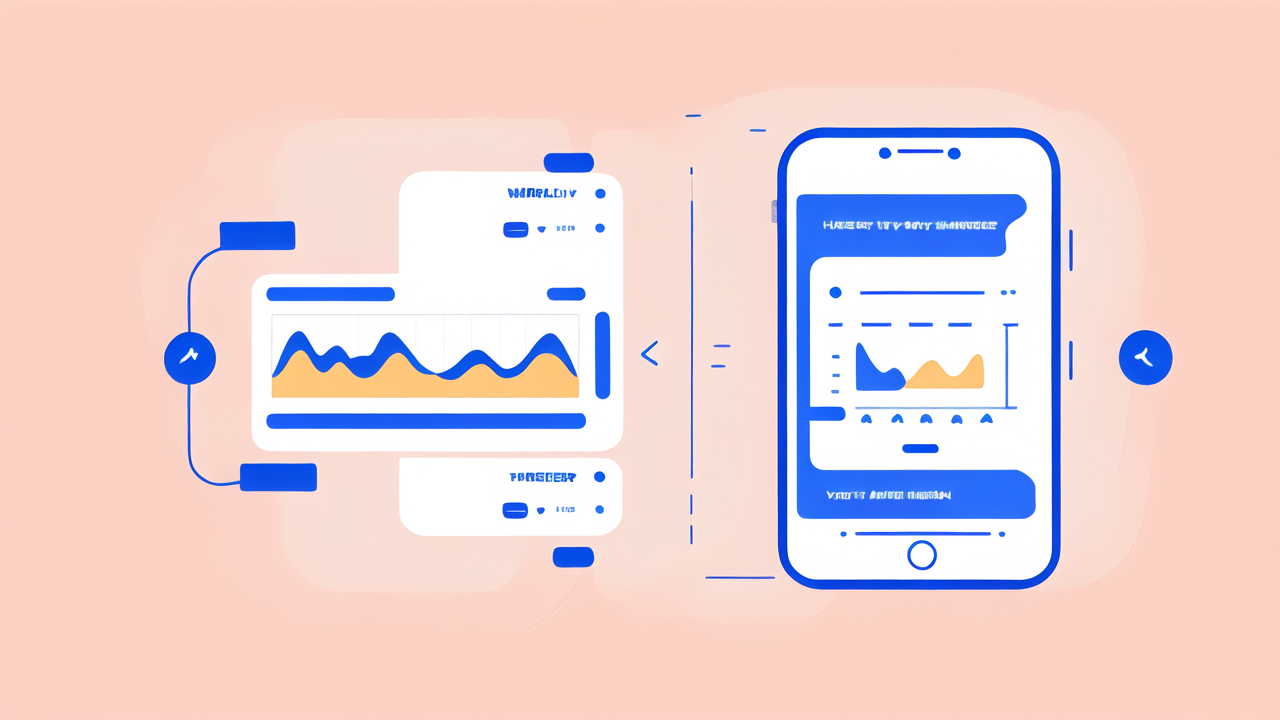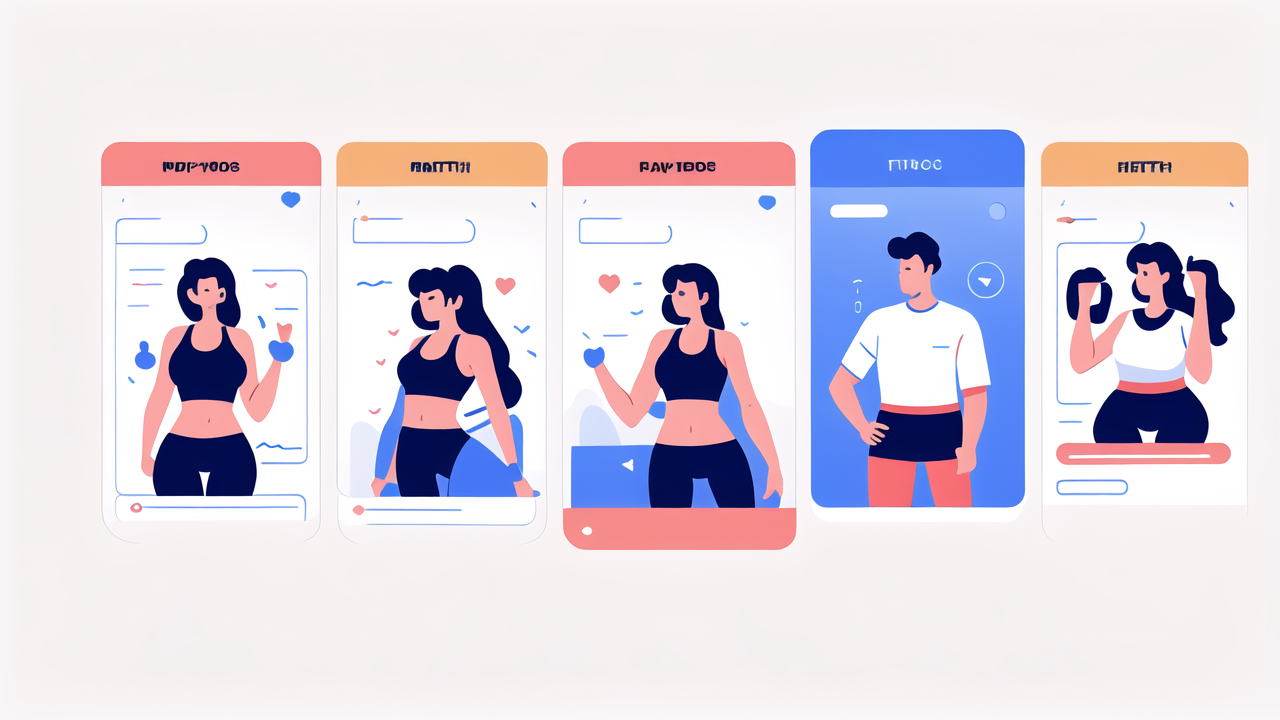Understanding the Health Monitor Revolution
The Advent of Smart Watches in the United States
Smart watches have come a long way since their inception. In the US, they've become a staple in fitness tech.

These devices started as simple step counters. Now, they're advanced health monitors.
The journey began with basic fitness trackers. They counted steps and estimated calories burned.
As tech improved, so did the watches. They added heart rate monitors and GPS tracking.
Today's smart watches are mini health labs on your wrist. They track sleep, stress, and even blood oxygen levels.
This evolution has made them essential for health-conscious Americans.
How Health Monitors are Integrating with Wearable Technology
Health monitors are now seamlessly blending with wearable tech. This integration is changing how we view fitness.
Wearables now offer real-time health data. They sync with smartphones and fitness apps.
This allows users to track their progress over time. It also helps them set and achieve health goals.
The integration goes beyond just tracking. Modern wearables can alert users to potential health issues.
They can detect irregular heartbeats or low oxygen levels. Some can even call for help if they detect a fall.
This blend of health monitoring and wearable tech is making fitness more accessible.
It's turning everyday devices into powerful tools for better health.
Key Features of Advanced Health Monitors
The Role of AI and Machine Learning
AI and machine learning are revolutionizing health monitors. These technologies make devices smarter and more useful.

AI helps analyze vast amounts of health data. It can spot patterns that humans might miss.
This leads to more accurate health insights and predictions.
Machine learning allows devices to adapt to each user. They learn your habits and patterns over time.
This means they can provide more personalized health advice and alerts.
These technologies also improve the accuracy of measurements. They can filter out noise and detect subtle changes.
This makes health monitors more reliable and useful for both users and healthcare providers.
Interactive Coaching and Personalized Training
Modern health monitors don't just track data. They provide interactive coaching and personalized training.
These devices can create custom workout plans. They adjust based on your progress and goals.
Some even offer real-time feedback during exercises.
Personalized training extends to rest and recovery too. Devices can suggest when to take a break or increase intensity.
They base this on your heart rate, sleep quality, and other factors.
Many smart watches now include motivational features. They send encouraging messages and celebrate achievements.
This helps users stay engaged and committed to their fitness goals.
Monitoring Vital Signs and Wellness Metrics
Advanced health monitors track a wide range of vital signs and wellness metrics. This goes far beyond simple step counting.
Heart rate monitoring is now standard. Many devices can track heart rate 24/7.
Some can even detect irregular rhythms that might indicate health issues.
Sleep tracking has become more sophisticated. Devices can analyze sleep stages and quality.
They offer tips to improve sleep habits based on this data.
Newer metrics include blood oxygen levels and stress monitoring. Some watches can even measure skin temperature.
These features provide a more complete picture of overall health.
Many devices now track menstrual cycles and fertility windows. This helps women better understand their bodies.
It's a valuable tool for family planning and health management.
The Impact of Health Monitors on Fitness Regimens and Wellness Programs
Enhancing User Engagement and Accountability
Health monitors are boosting user engagement in fitness and wellness. They make it easier to stay accountable.

These devices provide constant reminders and updates. Users can set goals and track their progress in real-time.
This immediate feedback helps maintain motivation.
Many health monitors include social features. Users can share achievements or compete with friends.
This adds a fun, social aspect to fitness routines.
Gamification is another key engagement tool. Many devices turn fitness into a game with points and rewards.
This makes working out more enjoyable and addictive.
The data these devices collect can be eye-opening. Seeing your activity levels can inspire positive changes.
It's harder to ignore health goals when they're always on your wrist.
Integrating Health Monitors into Fitness Centers and Gyms
Fitness centers are embracing health monitor technology. It's changing how people work out in gyms.
Many gyms now have equipment that syncs with smart watches. This allows for more accurate tracking of workouts.
Users can see real-time data on screens while exercising.
Some fitness centers offer classes designed around wearable tech. These classes use data to personalize workouts.
Instructors can adjust intensity based on participants' heart rates.
Health monitors are also improving gym management. They can track usage patterns and member engagement.
This helps gyms optimize their services and space.
Many gyms now offer their own branded health monitors. These devices often come with membership perks.
It's a way for gyms to stay connected with members outside the facility.
Future Trends in Health-Focused Wearables
The future of health-focused wearables looks promising. New technologies are set to make them even more useful.
Non-invasive blood glucose monitoring is on the horizon. This could be a game-changer for diabetics.
It would allow for constant glucose tracking without finger pricks.
Improved sensors may soon detect more health issues. This includes early signs of infections or heart problems.
Wearables could become important tools for preventive healthcare.
Integration with telehealth services is likely to increase. Wearables could share data directly with doctors.
This could lead to more timely and accurate medical care.
Personalization will continue to advance. Devices may use DNA data to provide ultra-specific health advice.
This could revolutionize how we approach diet, exercise, and overall wellness.
As technology improves, these devices will become even more accurate and reliable.
They may eventually become as common and essential as smartphones are today.




Leave a comment
This site is protected by hCaptcha and the hCaptcha Privacy Policy and Terms of Service apply.